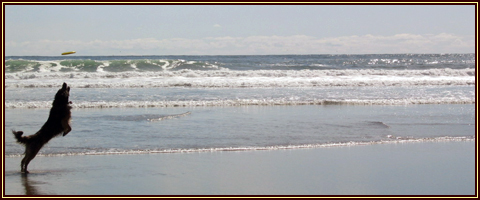Is Owning A Pony A Lot Of Work?
Friday, March 18th, 2011
Have you ever thought about purchasing a horse before, but questioned whether or not you possessed what it took to adequately care for one? Quite a few caring pet owners ask their selves this question prior to deciding to purchase an animal. This question is usually a fantastic question to ask, and it ought to be carefully considered before any acquisition is made.
In this write-up I’ll attempt to make clear everything that goes in to taking care of your horse. As soon as you’ve completed reading this write-up, you should have a good understanding of what must be done to effectively own and take care of a pony.
To start with, an equine must have lots of space to live a well-balanced and happy life. Even though we have all come across videos of unique ponies that like to live indoors with their owner’s, all of these ponies still have very large back yards to move around and workout in. If you reside in a city or even a suburban area, then purchasing an equine is most likely not for you. This is assuming you are gonna be living with your equine however.
One option for families with out a lot of room is to get a horse and board it someplace. This approach can be expensive, nevertheless it will cut down on a whole lot of the work. You may even get the boarders supply your pony with exercise, meals, bedding, and health care.
Yet another matter to take into account is just how much time you’ll get to groom your horse. A horse has to frequently go through equine grooming. You will want to get a horse grooming kit together with a hoof pick, dandy brush, and proper horse shampoos.
You will also want to consider the cost of having a pony. Ponies are a lot more costly than say a puppy or a kitten. Besides thorough consultations with a animal medical practitioner, you’ll have to obtain horse food, horse bedding, and a horse stall for your horse to stay in. Remember that these pets are really big and need to consume a lot more than your typical 50 pound canine or 10 pound feline.
Another consideration is your power to teach your equine. Without proper training a horse is often a very unsafe animal to have. You’ll need to train your horse yourself or you will need to find a skilled horse trainer to aid you.
Ideally this article has given you some issues to consider before buying a horse. If you do choose to make a purchase, just be sure you know about horse training, horse grooming, horse health, and horse care before you get your new horse home.







